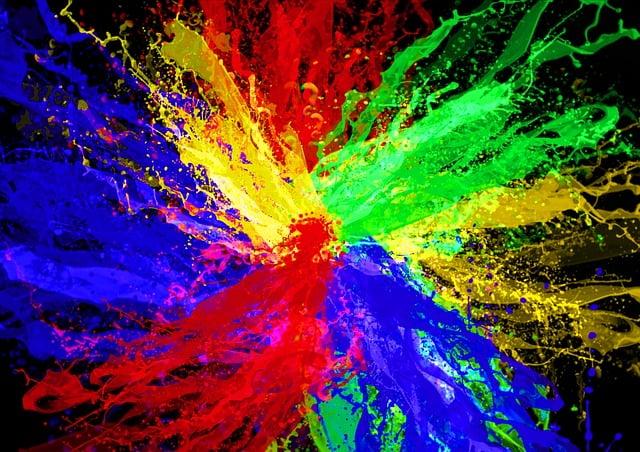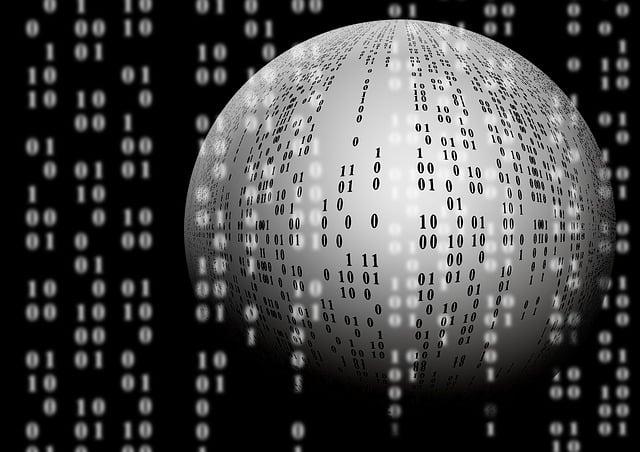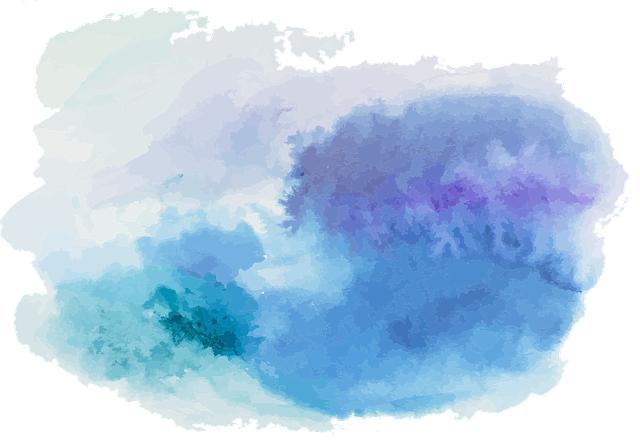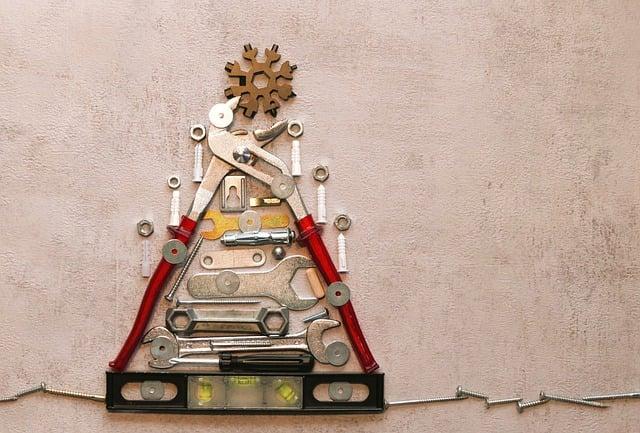- Introduction
- Understanding RGB Color Model
- What are Hex Color Codes?
- Techniques for RGB to Hex Conversion
- Tools and Resources for Color Conversion
- Conclusion
- FAQs
Introduction
Welcome to "Mastering Color: Your Ultimate Guide to RGB to Hex Color Conversion!" This article aims to provide you with a comprehensive understanding of color conversion, particularly focusing on the transition from RGB (Red, Green, Blue) values to Hexadecimal color codes. We'll explore the intricacies of these two color models, the significance of Hex codes in web design, various techniques for converting colors, and useful tools that can simplify the process. Whether you're a designer, developer, or just curious about colors, this guide is tailored to equip you with the knowledge you need.
Understanding RGB Color Model
The RGB color model is a fundamental aspect of digital imaging, leveraging the three primary colors—Red, Green, and Blue—to create a wide array of colors. Each color is represented by a combination of these three colors, with varying intensities ranging from 0 to 255. When combined at their highest intensity (255), they produce white, while their absence results in black.
For those diving into graphic design or programming, understanding how RGB works is essential. The model is additive; by adjusting the values of red, green, and blue, you can generate countless shades. This flexibility allows designers to create vibrant graphics and engaging visual content. By mastering RGB, you gain insight into how colors interact and affect viewer perception, enhancing your design capabilities.
It’s also important to note that RGB is primarily used in electronic displays, such as computer monitors, televisions, and smartphones. Each pixel on these devices emits light directly, making the RGB model an ideal representation of color in digital environments. This color system is widely used in various applications, including video games, digital art, and web design.
To understand RGB better, let’s consider how visually striking images are created. Imagine a sunset viewed on your screen, with hues of red, orange, and deep blues blended together seamlessly through precise adjustments of RGB values. This ability to utilize light as a medium opens up endless possibilities for creative expression, underlining the importance of mastering the RGB color model.

(Image: Pixabay/@Dieter_G)
What are Hex Color Codes?
Hex color codes are a way to represent colors using hexadecimal (base 16) notation. They are commonly used in web design and digital graphics because they provide a concise way to specify colors. A hex code consists of six characters, starting with a hash symbol (#) followed by three pairs of two characters each, representing red, green, and blue components.
The first two characters represent the red value, the next two represent green, and the last two represent blue. Each pair can range from 00 to FF in hexadecimal, corresponding to decimal values 0 to 255. For example, the hex code #FF0000 corresponds to pure red, while #00FF00 represents pure green, and #0000FF signifies pure blue.
Using hex codes in web design is advantageous due to their precision and clarity. Designers can easily archive or share color palettes with exact specifications by using hexadecimal codes. Moreover, web browsers have been programmed to understand hex codes natively, providing an excellent level of compatibility across different platforms.
Furthermore, hex codes can be easier to read and use compared to RGB values in certain scenarios. Because they compactly represent color information, they simplify the coding process for web developers and streamline workflow when creating websites or mobile applications. In essence, mastering hex codes not only empowers effective color use but also enhances communication among team members who may be collaborating on design projects.

(Image: Pixabay/@geralt)
Techniques for RGB to Hex Conversion
When it comes to converting RGB values to hex codes, there are several techniques available, which we will discuss in detail. Understanding these methods allows designers and developers to select the most efficient approach for their needs. Three common techniques include manual conversion, utilizing formulas, and employing online tools or software.
The manual conversion method involves breaking down the RGB values and translating them to their hexadecimal counterparts. Start by taking each RGB component, dividing it by 16 to get the leading digit, and using the remainder to determine the second digit. While this method offers a hands-on experience, it can be time-consuming, especially for multiple colors.
For those comfortable with math, using a formula can make the conversion process simpler. The formula requires converting each RGB value into its two-digit hexadecimal equivalent. However, this still necessitates a good understanding of hexadecimal mathematics, which could challenge some users. Regardless, this method offers a balanced mixture of control and accuracy.
Lastly, employing online tools and software is often the most efficient method for converting RGB to hex. Many websites and applications provide instant conversions with user-friendly interfaces, allowing individuals to input RGB values and receive hex codes instantly. These tools can handle numerous conversions in a fraction of a second, making them ideal for batch processing and streamlining workflows.

(Image: Pixabay/@stux)
Tools and Resources for Color Conversion
As technology evolves, a plethora of tools and resources have emerged to aid in color conversion. These tools range from simple web-based converters to more complex software solutions designed for professional designers and developers. Here, we will examine some of the most popular options available.
Online RGB to Hex converters are widely accessible and allow users to enter specific RGB values and instantly obtain the corresponding hex code. Sites like Colorhexa, RapidTables, and W3Schools offer easy-to-use interfaces that simplify the conversion process for novice users and experienced professionals alike.
Software programs such as Adobe Photoshop and GIMP feature built-in color picking tools that automatically display hex code equivalents when choosing colors. These platforms cater to graphic designers, providing substantial flexibility and precision when working with both RGB and hex formats.
Moreover, color palettes and swatches in design applications often come pre-packaged with hex codes, helping designers efficiently navigate their projects while ensuring consistency in color usage. Additionally, browser extensions such as ColorZilla or Eye Dropper offer real-time color sampling and conversion options right from your browser, streamlining the color selection process during web development projects.

(Image: Pixabay/@Kranich17)
Conclusion
In conclusion, mastering color conversion from RGB to hex is an invaluable skill for anyone working in design, development, or digital arts. Understanding the workings behind the RGB color model and hex codes not only enhances your color selection abilities but also streamlines communications and workflows within projects. With a variety of methodologies and tools at your disposal, you can choose the best approach that suits your needs. By following the techniques outlined in this article, you'll be well on your way to confidently navigating the colorful world of digital design.
FAQs
What is the main difference between RGB and hex color codes?
The main difference lies in how they represent colors. RGB uses three color components and ranges from 0 to 255 for each, while hex codes use six characters in base 16 format to represent the same information concisely.
Can RGB color values go beyond 255?
No, RGB values cannot exceed 255, as this is the maximum intensity for each color component. Values must remain within this range to accurately represent colors within the model.
Are there any tools to help convert RGB to hex colors easily?
Yes, numerous online tools and software programs exist to assist with converting RGB to hex colors, such as Colorhexa and Adobe Photoshop's color picker.
Why is it important to know both RGB and hex codes in design fields?
Knowing both RGB and hex codes allows for greater versatility in a designer's workflow. It enables effective communication with other team members or clients and ensures consistency across various platforms.
What are some common mistakes to avoid when dealing with color codes?
Common mistakes include misinterpreting values, confusion between RGB and hex formats, and failing to verify color accuracy on different screens, which may cause discrepancies. Always double-check values and conduct cross-platform tests when possible.
